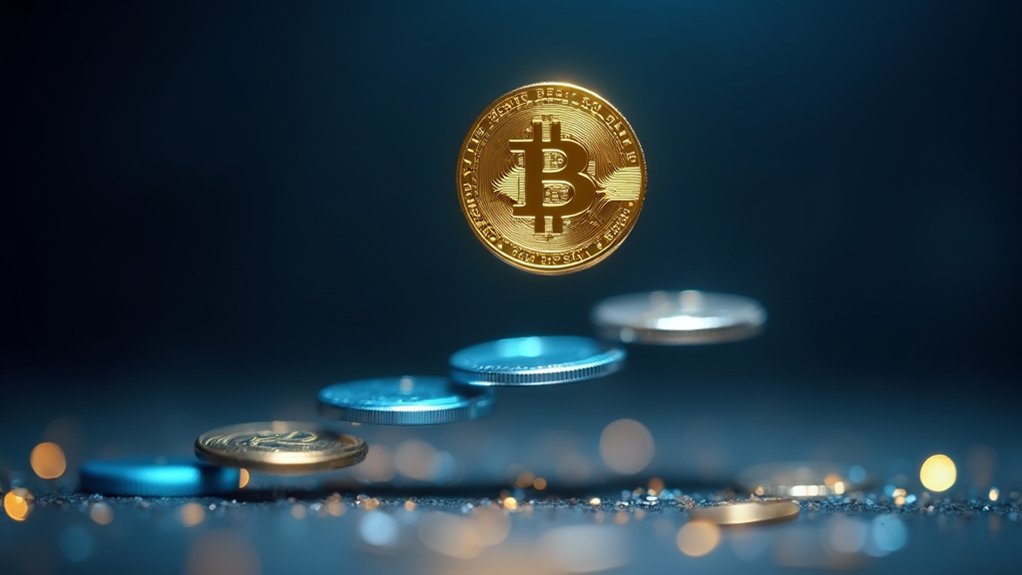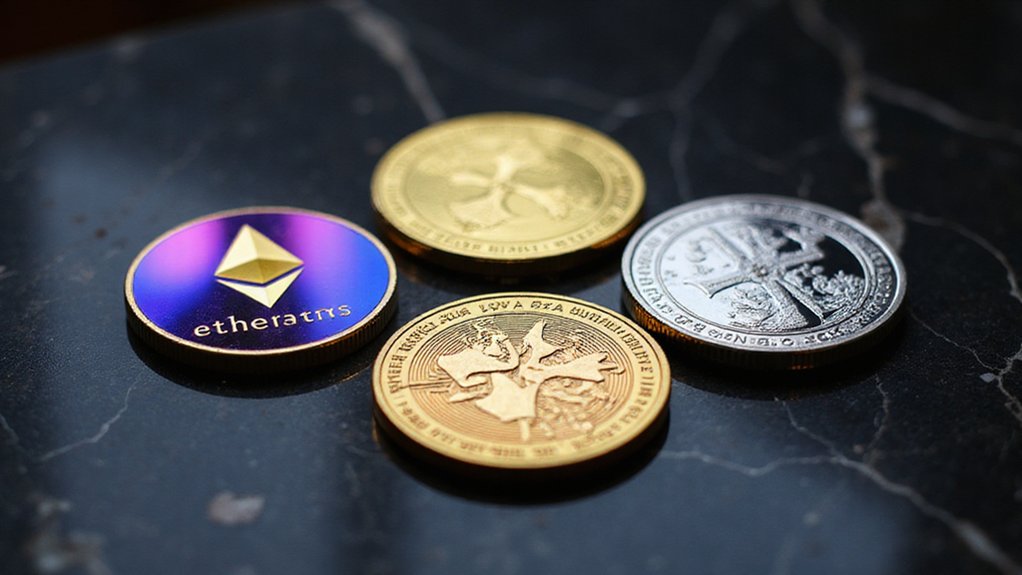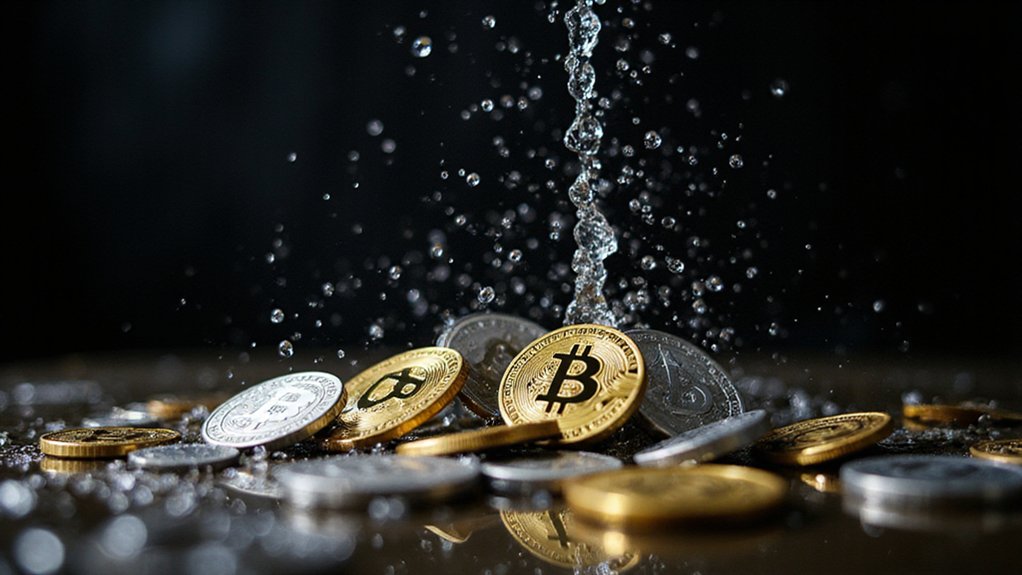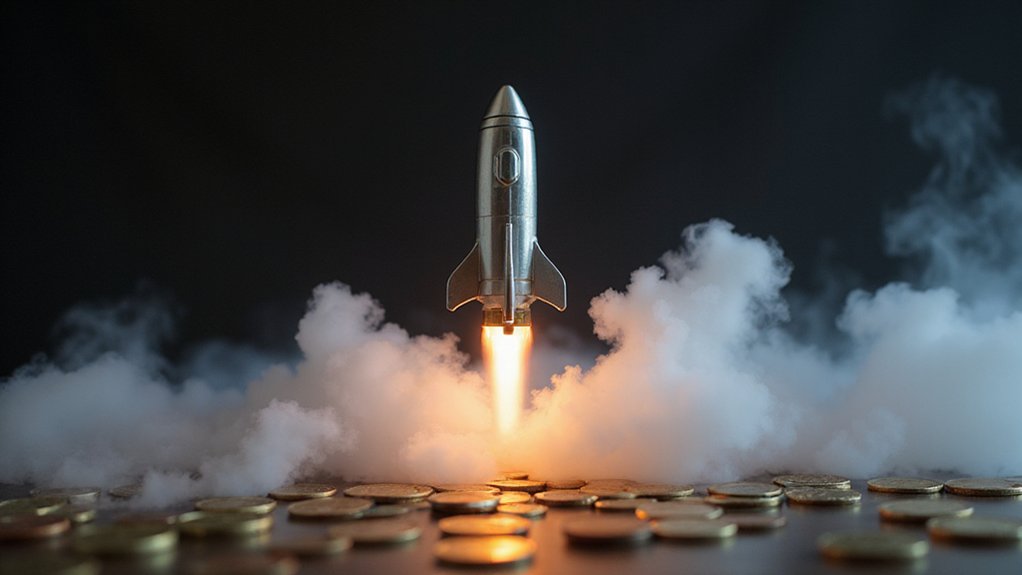The cryptocurrency landscape’s perpetual fascination with David-versus-Goliath narratives has produced yet another contender vying for attention: MAGACOIN, a presale token positioning itself against established titans Ethereum and XRP with the audacity that typically accompanies early-stage digital assets promising astronomical returns.
MAGACOIN’s surge rate of 25x during presale stages has attracted over 5,000 active investors, with its community exceeding 20,000 members—impressive numbers for a token that exists primarily as speculative potential rather than proven utility. The project’s economic model incorporates a 2.5% auto-burn liquidity fee, designed to create artificial scarcity while maintaining liquidity pools, a mechanism that theoretically supports price appreciation through token reduction.
MAGACOIN’s presale mechanics create artificial scarcity through token burns while building speculative momentum among thousands of early adopters.
Market observers note MAGACOIN’s positioning as an “undervalued” asset with asymmetric reward potential, claiming historical precedent for 30x to 100x returns. This narrative conveniently omits the countless presale tokens that vanished into digital obscurity, though the capped supply of 170 billion tokens does provide some structural foundation for scarcity arguments. Several analyst groups have ranked MAGACOIN as the #1 coin to buy in 2025, lending credibility to the project’s ambitious growth projections. The project’s rapid progression through sold-out stages demonstrates increasing demand as investors recognize the potential for early-stage positioning.
Ethereum, meanwhile, continues operating as the foundational infrastructure for decentralized finance and NFT ecosystems, with its proof-of-stake consensus mechanism and Layer 2 scaling solutions addressing longstanding efficiency concerns. The platform’s network effects—built through years of developer adoption and institutional integration—create formidable barriers for newcomers seeking to displace its dominance through marketing momentum alone.
XRP occupies a distinctly different niche, serving financial institutions through cross-border payment protocols rather than courting retail speculation. Its centralized governance model and focus on banking partnerships contrast sharply with both Ethereum’s decentralized ecosystem and MAGACOIN’s grassroots-driven approach.
The fundamental question surrounding MAGACOIN’s potential isn’t whether it can generate short-term gains—presale dynamics often produce impressive initial returns—but whether its political branding and meme coin characteristics can sustain long-term relevance against Ethereum’s technical infrastructure and XRP’s institutional utility. The broader crypto market shift from speculation to tangible utility presents additional challenges for tokens lacking clear practical applications.
Early momentum, while encouraging for current holders, rarely translates into lasting market position without underlying technological innovation or genuine use case development beyond speculative trading.









